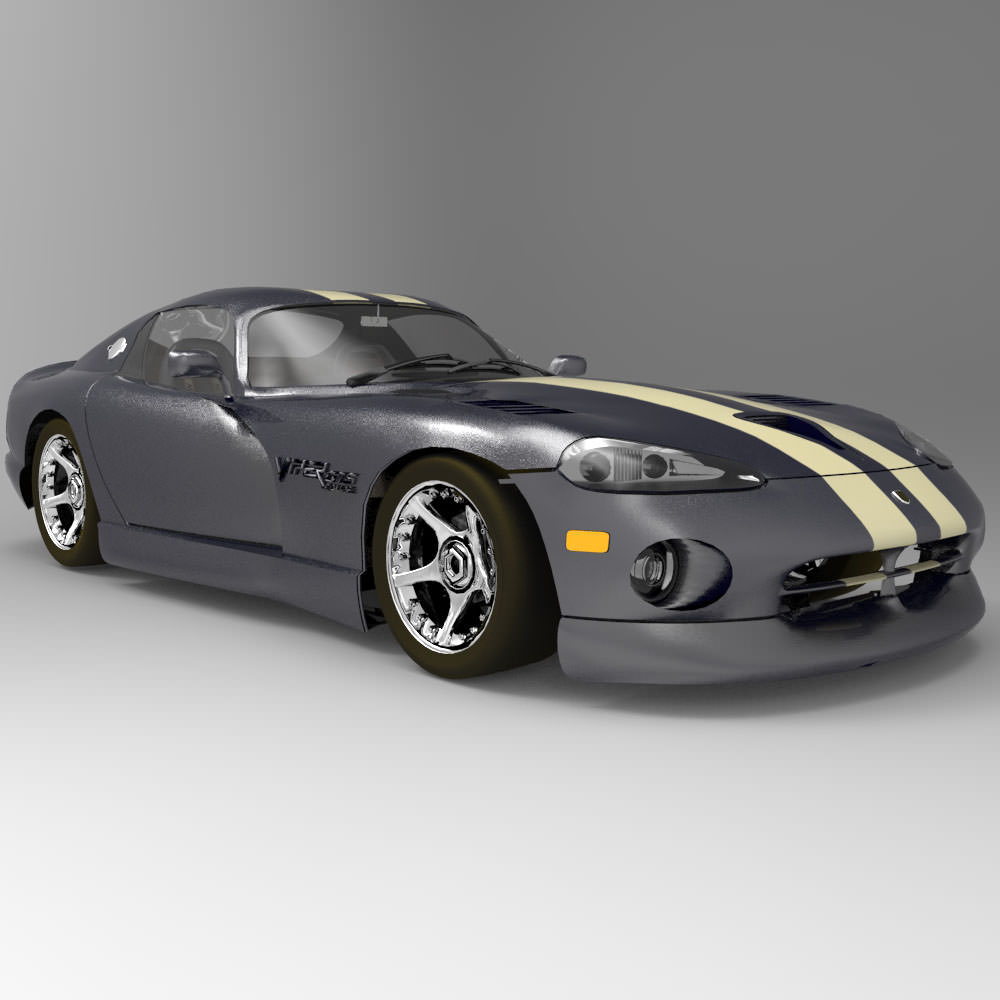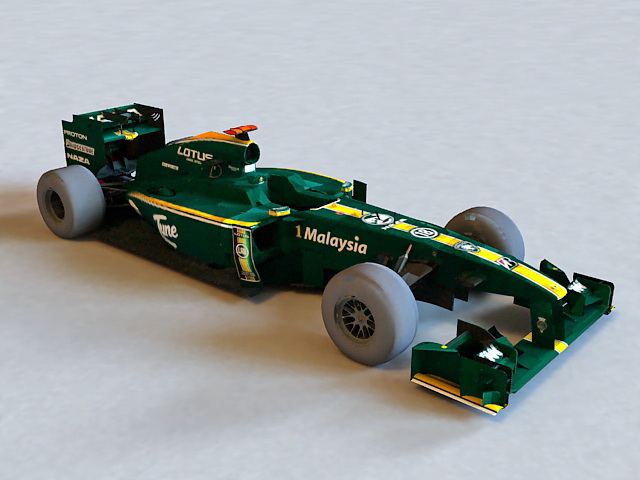

If you're creating an animation, select "tires" to rotate the tires. The textures of other components won't be affected. For instance, if you're developing a red car, select "body" and apply a red texture. Having the ability to select specific parts makes it simple to use textures and animate the vehicle later. You may also select other available choices such as for example glossiness, double-sided or smoothing angle. Name a surface by selecting "Polygon" then "Surface. Surfaces As you create the vehicle, provide the different surfaces-such as tires, windows, doors or body-specific names. Hide the components which will block the way. Again, use layers to see only the required components to keep modeling. Based on how step by step you would like the vehicle to be, use reference photos to model the inside like the doors and dashboard. Display the car's human body layer in the backdrop to ensure other components would be the correct size and in the right location. Remember, if you wish to animate these components, model them on split up layers. You can trace the tires, or model them by hand using the "Create Disc" feature. Other Details Carry on tracing the photo to model the doors and hood. Contemplate using a high view of the vehicle that will help you with refining the car's shape. Refine the car's shape by adjusting the place of points or by utilizing LightWave's "Transform" features to smooth surfaces. Make use of the "Extrude" feature to produce the car's width. When all points have been in place, make use of the "Make" feature to produce a 2D outline of the vehicle. Do not bother about creating the tires in this step. Straight lines is only going to require a point at each end, but use multiple points to define curves. Trace the outline of the vehicle utilizing the "Create Points" feature. Also, an angled view of the vehicle won't help it should be an entire side view. It ought to be large enough to fill the majority of your display to help you easily trace it. Choose a photo showing a definite side view of the vehicle. Modeling your body The simplest way of developing a car model in LightWave is to locate a good reference photo of the vehicle, and trace it in LightWave Modeler. For instance, in the event that you animate the doorway opening, all of those other car won't move with it.

If your component has its layer, you are able to animate it without moving the other components. Breaking up the components is essential in the event you decide to animate the vehicle.

As you focus on the model, you are able to display each component separately, or display them in groups to observe how all of the parts fit together. Make use of the layers to divide your model in to split up components while keeping the model as just one file. LightWave's layers feature is comparable to Photoshop's layers feature. If that's the case, which parts would you like to animate? Maybe you wish to open the doors and the hood. Layers Before modeling your vehicle, decide if you wish to animate it later. However, that will help you learn the fundamentals, you might want to consider modeling a current car prior to trying to produce and model your personal designs. How complex you wish to create the vehicle is your decision. However, LightWave offers some powerful modeling tools that will help you create your preferred car. Modeling an automobile in 3D could be a struggle.


 0 kommentar(er)
0 kommentar(er)
